
Discovery of the M31 [OIII] emission arc
Recently, a major discovery by an international team of amateur astronomers and scientists has become a huge online hit, and this new discovery is just located in one of the
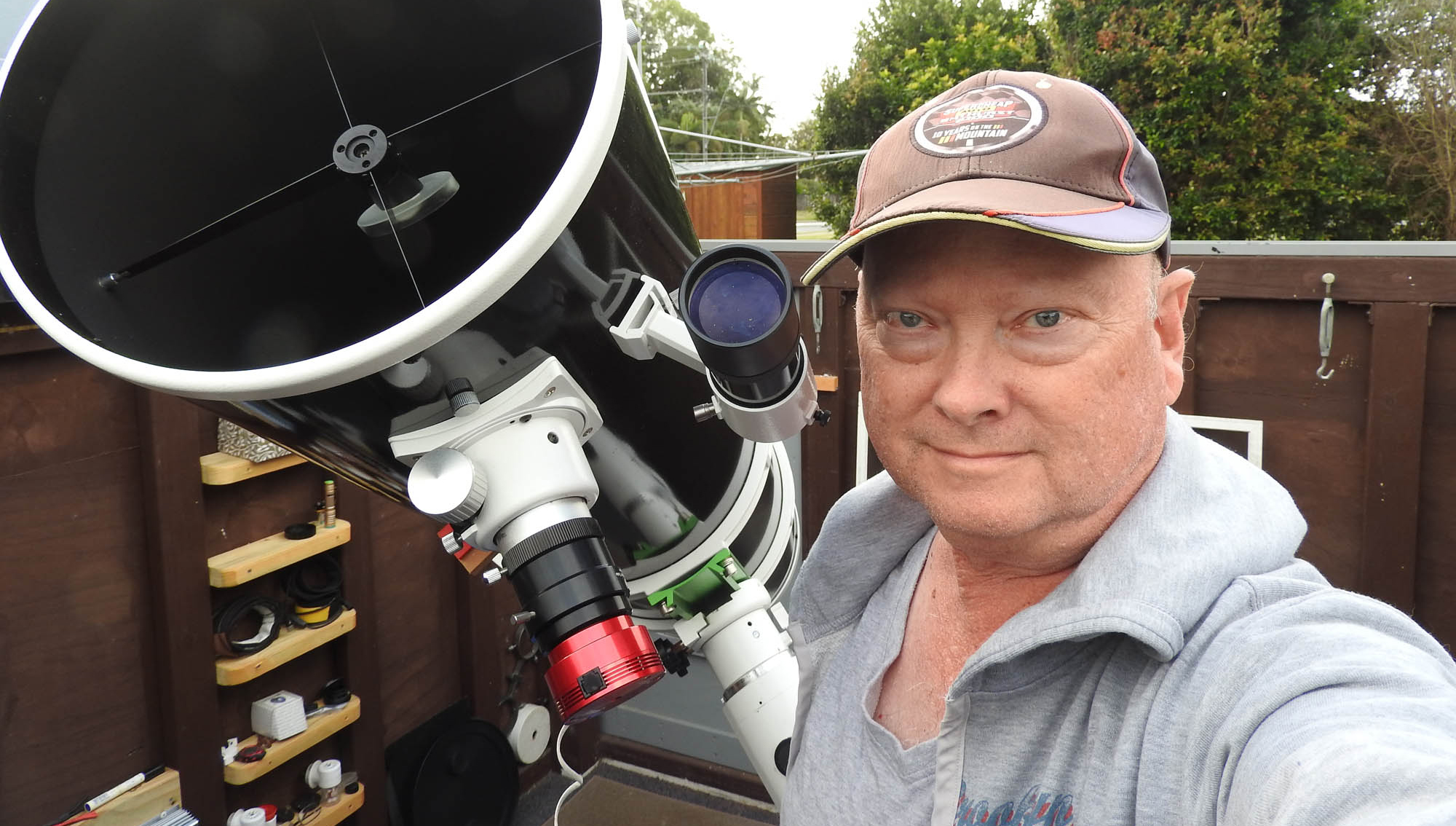
Hello Kevin,thanks for accepting our interview invitation. Congratulations on winning the ASIWEEK competition in week #41/2024!
Hello and thank you. I’m Kevin. I’ve been into astronomy since I was 10 (now 61) as a lifelong hobby. I grew up on a farm in Bortle 2 skies where the stars were so bright. At age 10 my parents gave me a telescope for my birthday, a little 60mm refractor which started the ball rolling. At about age 13 I met an old man (Joe) that ground telescope mirrors. He made me an 8 inch F7.5 mirror and telescope. While I didn’t catch the telescope making bug at the time, it would a number of years later when I used his mirror grinding books to make several mirrors of my own, the biggest being a 16”.
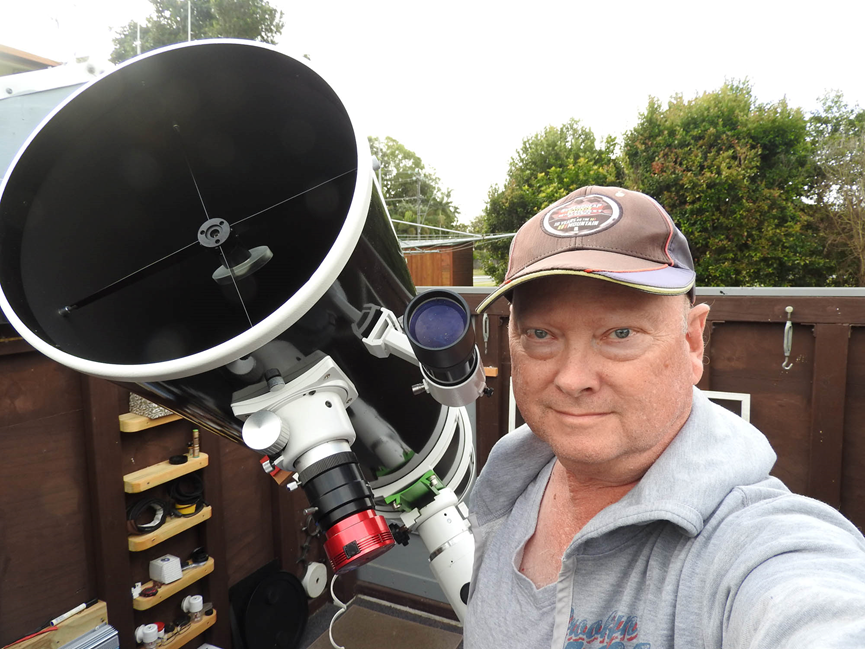
I started astrophotography in the early 1980’s using film. I had a darkroom and would develop and print my own pictures. This was mostly black and white but I would also develop colour slide film. I started out with piggyback telephoto lenses on an old EQ mount with manual tracking and over time progressed to shooting through the main scope. This was hard on the neck at times while eyeballing a guide star in a reticle eyepiece for an hour at a time!
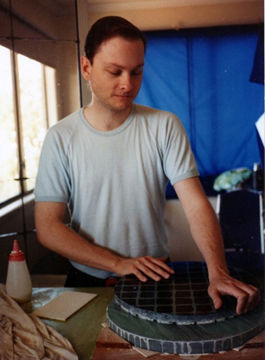
Apart from the amazing beauty of the universe, I like to know our place in it, however small. Every time I image a galaxy or dense star field, I speculate how much life must be there, and how fascinating it must be. Astronomy is my “Star Trek”.
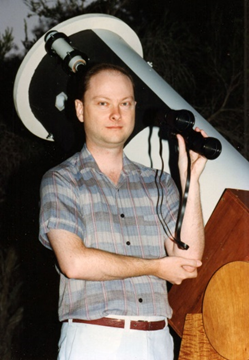
NGC6302 the Bug or Butterfly Nebula, a very pretty planetary nebula in Scorpius. I have neglected planetary nebula up to now since they are so small and I don’t have a long focal length scope to capture them in the traditional manner, long focal length SCT etc. So I thought, why not try a more regular scope, and one of ZWO’s new planetary cameras with small pixels. The idea worked. The ASI 678mc and ASI 715mc match well with my 12” F5 Newtonian for small DSO’s – planetary nebula, small clusters and galaxies.

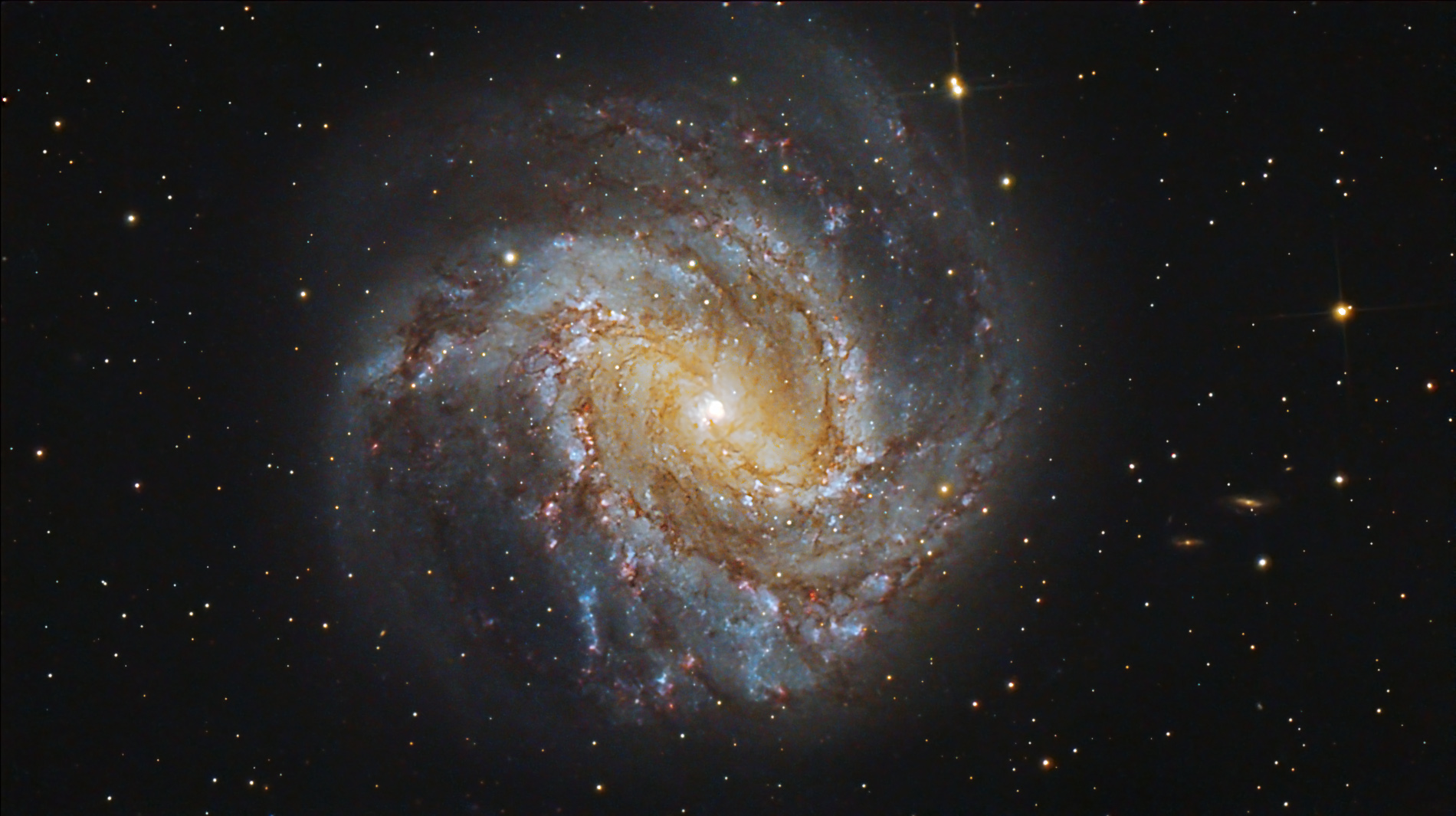
I have a few different telescopes, but my main primary scope is a 12” F5 Newtonian on a rather overloaded, modified Skywatcher NEQ6 Pro. This is all housed in a roll off roof observatory I built in 2016 in the back yard. I do astrophotography on a tight budget. I don’t have all the latest accessories. I make some adapters out of wood. My computers are 10+ years old. There is very little automation. I often sit with the scope as the images come through.
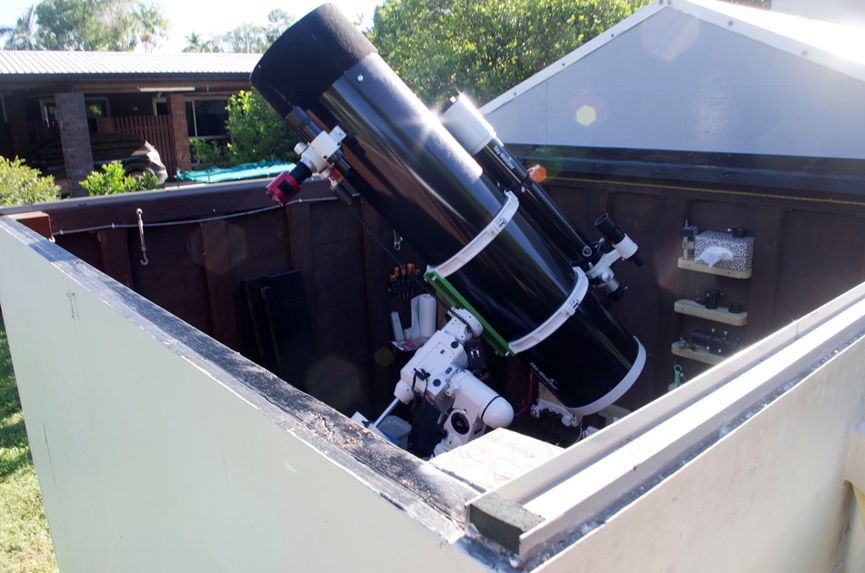
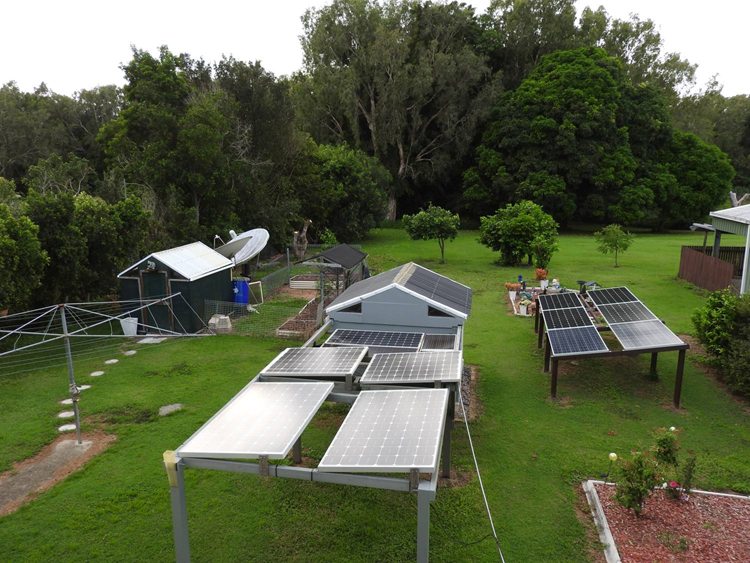
I started off doing deep sky. Planetary is fairly recent from about 2018 onward. I like both equally even though the capture and processing methods for each are very different. With small DSO’s and planets, the equipment is actually the same! This is very convenient.
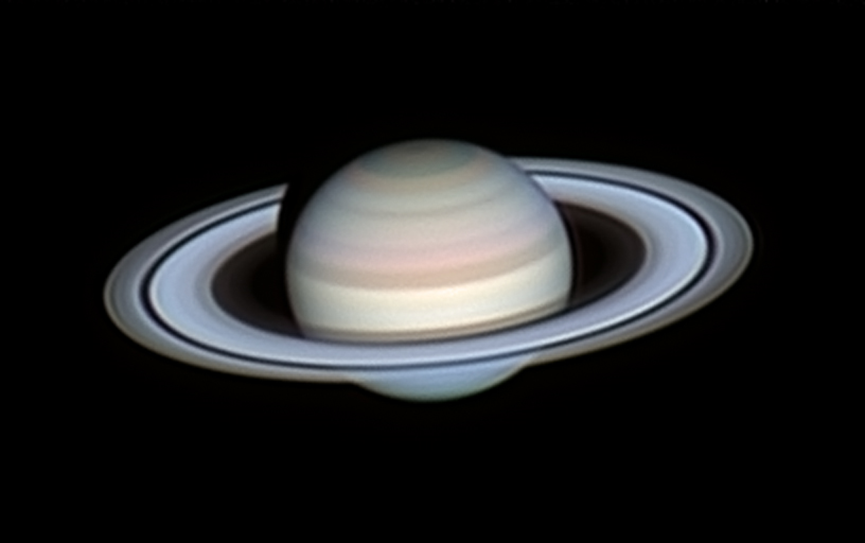
In my backyard from Mackay Australia. I live on a largish block, about 30 metres wide by 130 metres long. It’s about Bortle 6, roughly. I have a contrast of bushland at the back, with the city and lots of streetlights and traffic at the front. Since I live in the tropics, summer is mostly cloudy with winter being the time for astronomy.
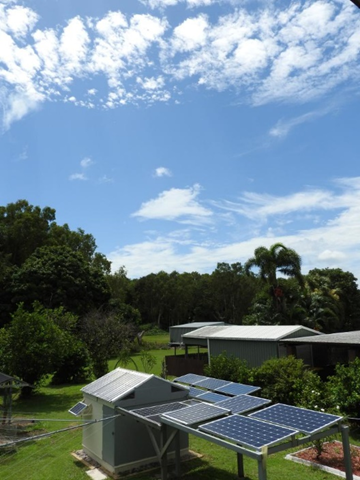
I just take it slow! That was the only way in the film days anyway. I’m no expert, never will be!
Comets. Used to chase as many as I could, my first being comet Halley. I followed Halley for over a year back in 1985 – 1986. My three most memorable comets being Halley, Hyakutake and Hale – Bopp, all beautiful naked eye comets.
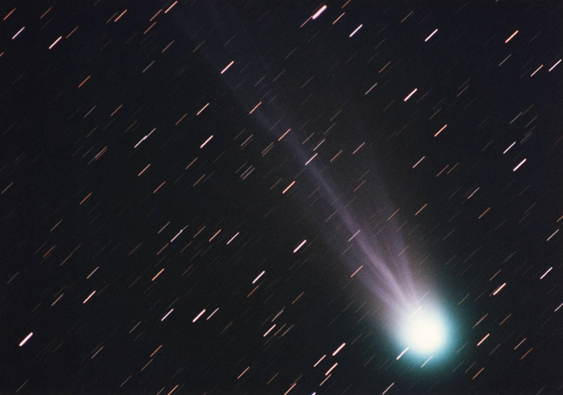
Q10: How do you think the field of astrophotography has changed in recent years?
Growing up through film days, I have seen a massive explosion of technology in both hardware and software. Every year it gets better with lower noise, higher resolution cameras, more capable software and more highly developed filters for shooting specific objects. All this available to amateurs that now rival observatory photos of just a few years ago. It’s changing so fast it’s quite hard to keep up with!
Q11: How many ZWO products do you have, what’s your first ASI camera?
I have 3 ZWO cameras, an ASI 183mm Pro, ASI 678mc and ASI 715mc, plus some adapters. The ASI 183mm Pro was my first ZWO camera that I purchased in 2018.
Q12: Would you mind sharing with us your upcoming shooting plans?
Well, I take it on a night by night basis, depending on weather. But I plan to explore shooting more planetary nebula, small clusters and galaxies with the ZWO planet cameras and 12” F5 Newtonian. Oh, and the planets too. I’ve actually done more deep sky with the planet cams than planet imaging this year. That may change as Jupiter and Saturn rise at a more acceptable hour. I’m not much good after midnight these days. 😉

Recently, a major discovery by an international team of amateur astronomers and scientists has become a huge online hit, and this new discovery is just located in one of the

Hi everyone. My name is Alex, and I am an astrophotographer. I would like to start by thanking You for choosing my picture among all the great pictures You receive.
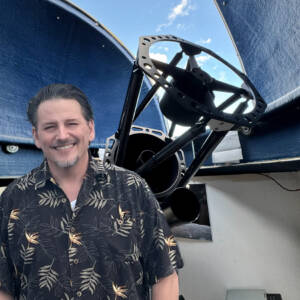
Why the Orion Nebula Never Gets Old – Each winter, stargazers return to this cosmic masterpiece to test new skills and relive the wonder. Explore the Orion region’s iconic nebulas,
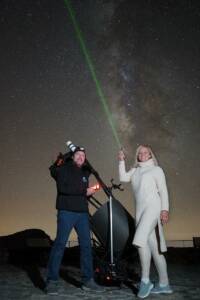
In 1994, I built my first fully functional reflecting telescope in Hungary with my own hands. In the former Eastern Bloc countries, telescopes still could not be purchased in stores
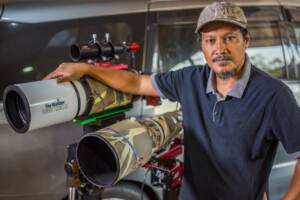
1.How It All Began I have been a fan of astronomy since high school.Starting from a school event where I can see the moon up close through a telescope.When I

1. How It All Began For Puig Nicolas, it all started at the age of 10 with a 60/700 refractor and a 114/900 reflector. His first celestial encounters — the